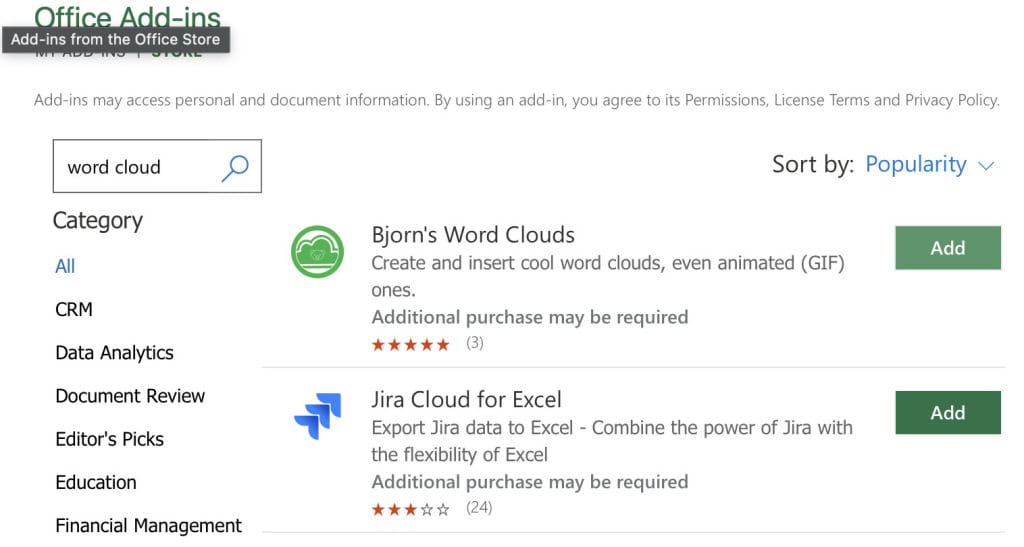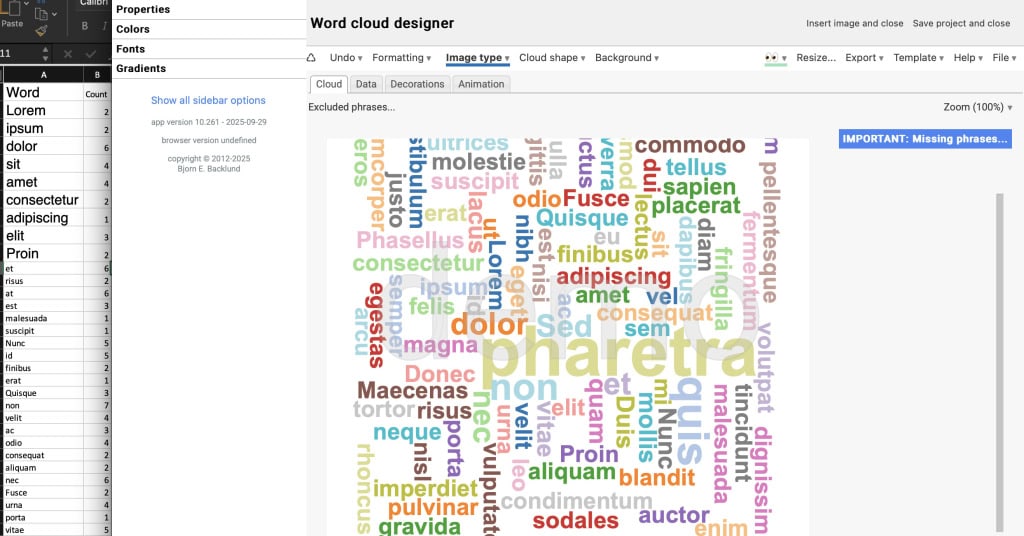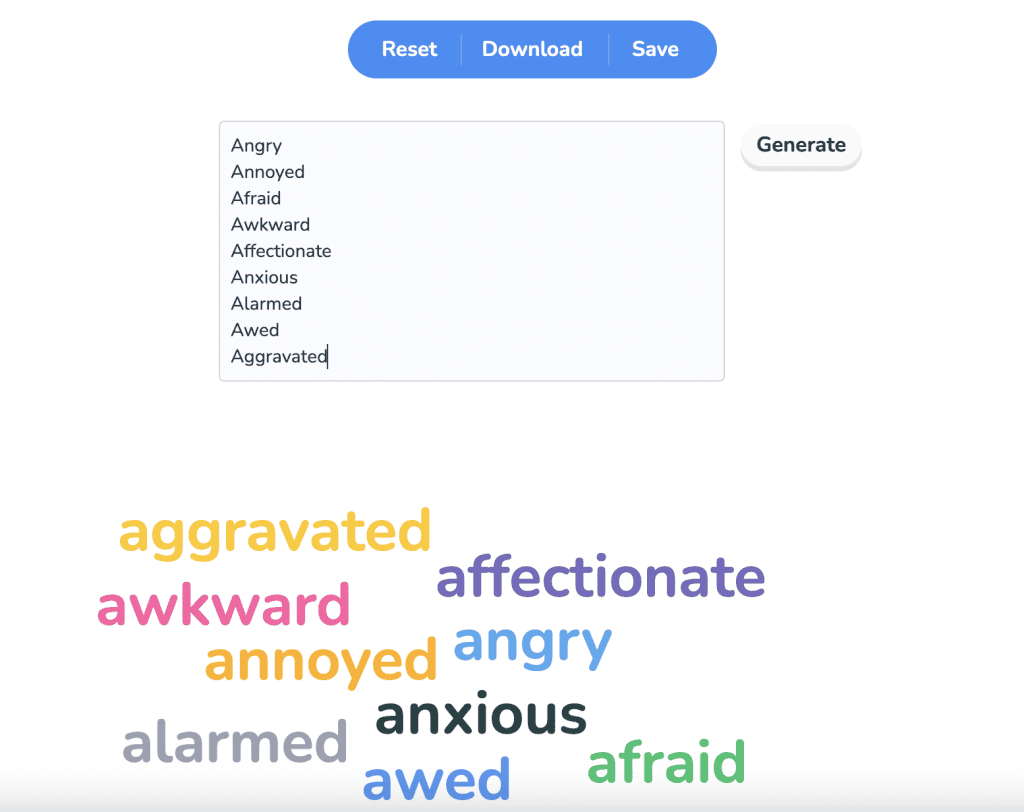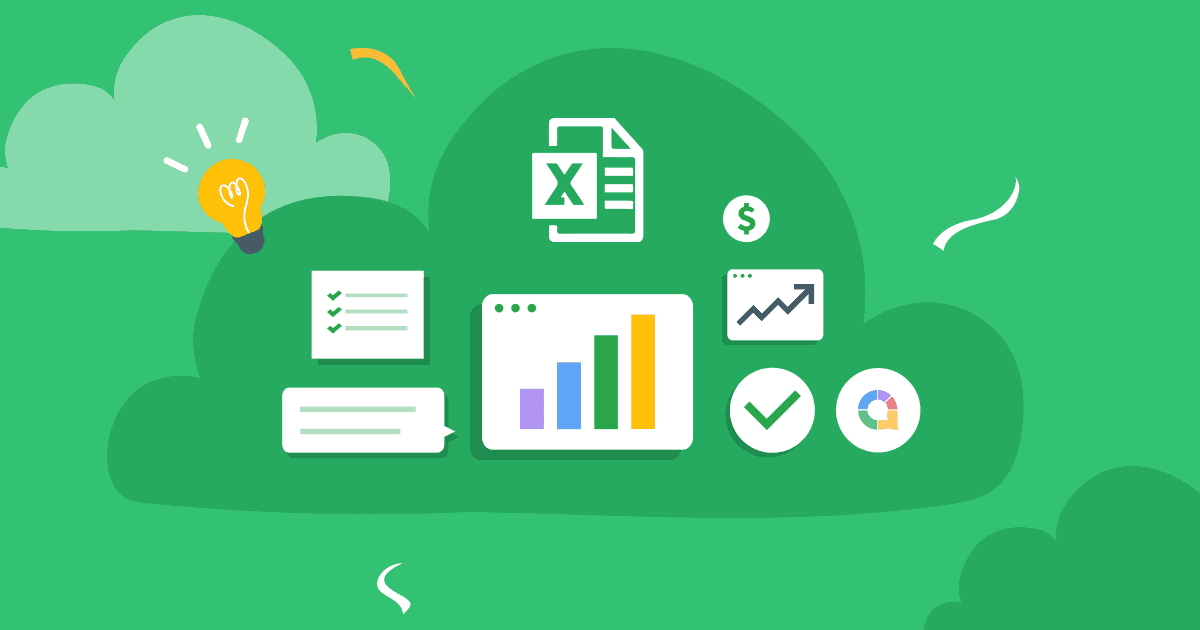Filwaqt li Excel m'għandux karatteristika integrata ta' sħaba ta' kliem, tista' toħloq Sħab tal-kliem tal-Excel faċilment billi tuża kwalunkwe mit-3 tekniki hawn taħt:
Metodu 1: Uża add-in tal-Excel
L-aktar metodu integrat huwa li tuża add-in, li jippermettilek toħloq sħaba ta' kliem direttament fl-ispreadsheet tal-Excel tiegħek. Għażla popolari u bla ħlas hija Bjorn Word Cloud. Tista' tfittex għodod oħra ta' sħaba ta' kliem fil-librerija tal-add-ins.
Pass 1: Ipprepara d-data tiegħek
- Poġġi t-test kollu li trid tanalizza f'kolonna waħda. Kull ċellula tista' jkun fiha kelma waħda jew aktar.
Pass 2: Installa l-add-in "Bjorn Word Cloud"
- Mur fil- Daħħal tab fuq iż-żigarella.
- Ikklikkja fuq Ikseb Add-ins.
- Fil-maħżen tal-Add-ins tal-Office, fittex għal "Bjorn Word Cloud".
- ikklikkja l- Żid buttuna ħdejn l-add-in Pro Word Cloud.

Pass 3: Iġġenera s-sħaba tal-kliem
- Mur fil- Daħħal tab u kklikkja fuq L-Add-ins tiegħi.
- Agħżel Sħaba tal-Kliem ta' Bjorn biex tiftaħ il-pannell tiegħu fuq in-naħa tal-lemin tal-iskrin tiegħek.
- L-add-in awtomatikament se jiskopri l-firxa tat-test magħżula tiegħek. Ikklikkja l-buttuna Oħloq sħaba tal-kliem buttuna.

Pass 4: Ippersonalizza u ssejvja
- L-add-in jipprovdi diversi għażliet biex tippersonalizza t-tipa, il-kuluri, id-disinn (orizzontali, vertikali, eċċ.), u l-każ tal-kliem tiegħek.
- Tista' wkoll taġġusta n-numru ta' kliem muri u tiffiltra "kliem mhux mixtieq" komuni (bħal 'the', 'and', 'a').
- Is-sħaba tal-kliem se tidher fil-pannell. Tista' tesportaha bħala SVG, GIF, jew paġna tal-web.
Metodu 2: Uża ġeneratur ta' sħaba ta' kliem online b'xejn
Jekk ma tridx tinstalla add-in, tista' tuża għodda online bla ħlas. Dan il-metodu spiss jipprovdi għażliet ta' personalizzazzjoni aktar avvanzati.
Pass 1: Ipprepara u kkopja d-dejta tiegħek f'Excel
- Organizza t-test kollu tiegħek f'kolonna waħda.
- Immarka l-kolonna kollha u kkopjaha fil-clipboard tiegħek (Ctrl+C).
Pass 2: Uża għodda online
- Innaviga lejn websajt b'xejn li tiġġenera sħaba ta' kliem, bħal AhaSlides ġeneratur tas-sħaba tal-kliem, jew https://www.google.com/search?q=FreeWordCloud.com.
- Fittex għal għażla ta' "Importa" jew "Waħħal it-Test".
- Ippejstja t-test ikkupjat tiegħek minn Excel fil-kaxxa tat-test ipprovduta.

Pass 3: Iġġenera, ippersonalizza, u niżżel
- Ikklikkja l-buttuna "Iġġenera" jew "Viżwalizza" biex toħloq is-sħaba tal-kliem.
- Uża l-għodod tal-websajt biex tippersonalizza t-tipi ta' fonts, il-forom, il-kuluri, u l-orjentazzjoni tal-kliem.
- Ladarba tkun sodisfatt, niżżel is-sħaba tal-kliem bħala immaġni (ġeneralment PNG jew JPG).
Metodu 3: Uża Power BI
Jekk għandek Power BI lest fuq id-desktop tiegħek, dan jista' jkun mod tajjeb iżda aktar avvanzat biex tiġġenera sħab ta' kliem tal-Excel meta jkollok tipproċessa ammont kbir ta' kliem.
Pass 1: Ipprepara d-dejta tiegħek f'Excel
L-ewwel, trid torganizza d-dejta tat-test tiegħek kif suppost f'folja tal-Excel. Il-format ideali huwa kolonna waħda fejn kull ċellula fiha l-kliem jew il-frażijiet li trid tanalizza.
- Oħloq Kolonna: Poġġi t-test kollu tiegħek f'kolonna waħda (eż., Kolonna A).
- Ifformattja bħala Tabella: Agħżel id-dejta tiegħek u agħfas Ctrl + TDan jifformattjaha bħala Tabella uffiċjali tal-Excel, li Power BI jaqraha aktar faċilment. Agħti isem ċar lit-tabella (eż., "WordData").
- Ħlief il-fajl tal-Excel tiegħek.
Pass 2: Importa l-fajl tal-Excel tiegħek fil-Power BI
Imbagħad, iftaħ Power BI Desktop (li huwa download b'xejn minn Microsoft) biex tikkonnettja mal-fajl tal-Excel tiegħek.
- Iftaħ il-Power BI.
- Fuq il home tab, ikklikkja Ikseb Dejta u agħżel Ktieb tax-Xogħol Excel.
- Sib u iftaħ il-fajl tal-Excel li għadek kif salvajt.
- Fil- Navigator Fit-tieqa li tidher, immarka l-kaxxa ħdejn l-isem tat-tabella tiegħek ("WordData").
- Ikklikkja tagħbijaId-dejta tiegħek issa se tidher fil- Data ħġieġa fuq in-naħa tal-lemin tat-tieqa tal-Power BI.
Pass 3: Oħloq u kkonfigura s-sħaba tal-kliem
Issa tista' tibni l-viżwali attwali.
- Żid il-viżwali: Fil- Viżwalizzazzjonijiet ħġieġa, sib u kklikkja fuq il- kelma Cloud ikona. Mudell vojt se jidher fuq il-kanvas tar-rapport tiegħek.
- Żid id-dejta tiegħek: Minn Data ħġieġa, iddreggja l-kolonna tat-test tiegħek u waqqagħha fil- kategorija qasam fil-ħġieġa tal-Viżwalizzazzjonijiet.
- Iġġenera: Power BI awtomatikament jgħodd il-frekwenza ta' kull kelma u jiġġenera s-sħaba tal-kliem. Iktar ma kelma tkun frekwenti, iktar tidher kbira.
Tips
- Naddaf id-dejta tiegħek l-ewwel: neħħi l-kliem mhux komplut (bħal “u”, “il-”, “huwa”), il-punteġġjatura, u d-duplikati għal riżultati aktar ċari.
- Jekk it-test tiegħek jinsab f'ħafna ċelloli, uża formuli bħal
=TEXTJOIN(" ",TRUE,A1:A50)biex tgħaqqad kollox f'ċellula waħda. - Is-sħab tal-kliem huma tajbin għall-viżwalizzazzjoni, iżda ma jurux l-għadd eżatt tal-frekwenza—ikkunsidra li tqabbadhom ma' tabella pivot jew bar chart għal analiżi aktar fil-fond.





